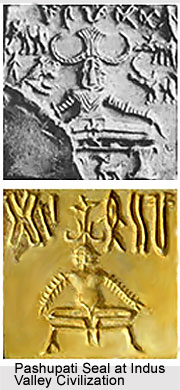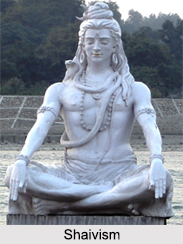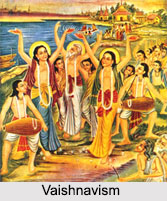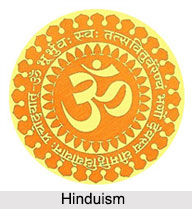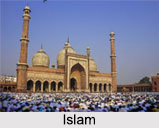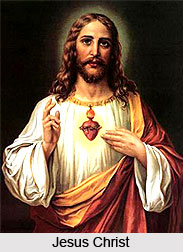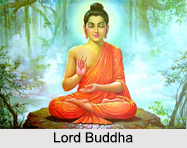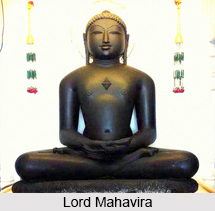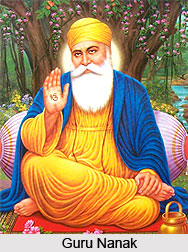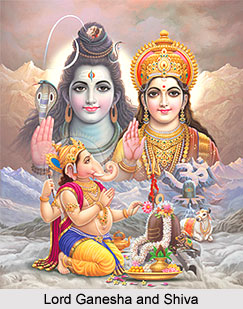 The Legend of Shiva and Lord Ganesha is related to the Hindu belief that Ganesha should worshipped before the commencement of any new ritual, venture, war or any other activity. Thus the elephant faced deity is worshipped first by gods, deities and humans alike. He is the son of Lord Shiva and Goddess Parvati and is also known as Pillaiyar, Ekadanta, Ganapati and Vinayaka. Ganesha is considered as the god of new ventures, wisdom and success. Further more he is believed to be the Remover of Obstacles and Lord of Beginnings. According to a legend, Lord Ganapati was born from the radiance on the third eye of Lord Shiva, who announced that Ganesha should be worshipped first by everyone in order to achieve success. Thus even the worship of other gods and deities is considered ineffective until Lord Ganesha is worshipped first.
The Legend of Shiva and Lord Ganesha is related to the Hindu belief that Ganesha should worshipped before the commencement of any new ritual, venture, war or any other activity. Thus the elephant faced deity is worshipped first by gods, deities and humans alike. He is the son of Lord Shiva and Goddess Parvati and is also known as Pillaiyar, Ekadanta, Ganapati and Vinayaka. Ganesha is considered as the god of new ventures, wisdom and success. Further more he is believed to be the Remover of Obstacles and Lord of Beginnings. According to a legend, Lord Ganapati was born from the radiance on the third eye of Lord Shiva, who announced that Ganesha should be worshipped first by everyone in order to achieve success. Thus even the worship of other gods and deities is considered ineffective until Lord Ganesha is worshipped first.
The legend describes that once Lord Shiva left his celestial abode in Mount Kailash in order to engage in a battle against the demons of the Tripura city. However, Shiva himself had broken his rule and somehow forgot to worship his son Ganesha, as he rushed to participate in the fight. Therefore, when he boarded his divine carriage, the peg of the wheel broke and the chariot came to a halt. Lord Shiva became confused and annoyed at the occurrence of the incident. Then he realized that he had failed to embrace and pray to his son Ganesha before he left his abode. Shiva knew this was the reason of the obstruction in his way. Hence Lord Shiva prayed to Lord Ganesha and chanted the name of his son. Then he went to the battle at Tripuratanka and attained success by defeating the demons.
This article is a stub. You may enrich it by adding more information to it. You can send your write-up at content@indianetzone.com
